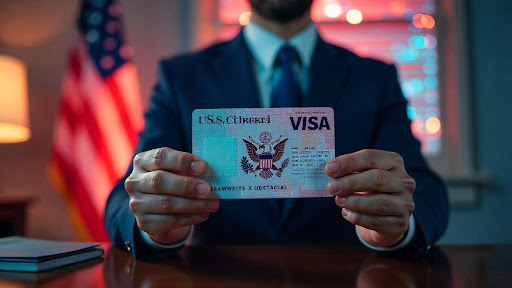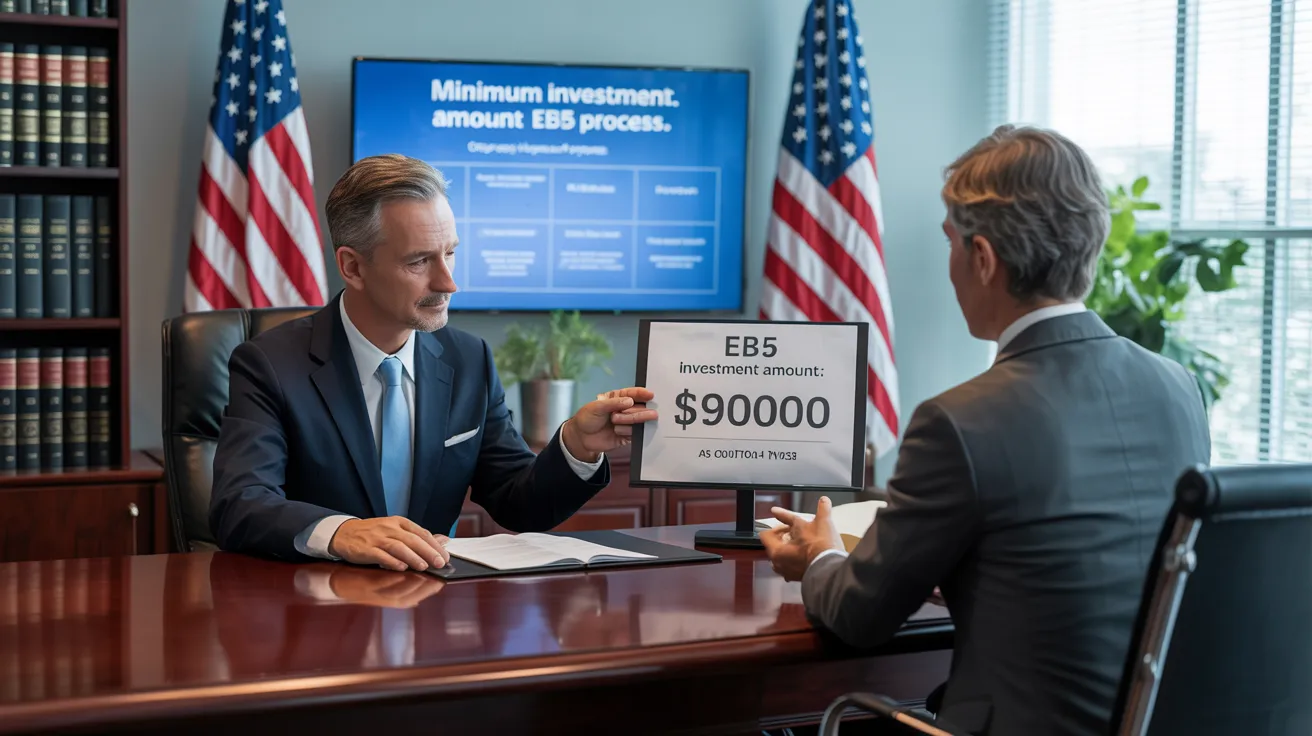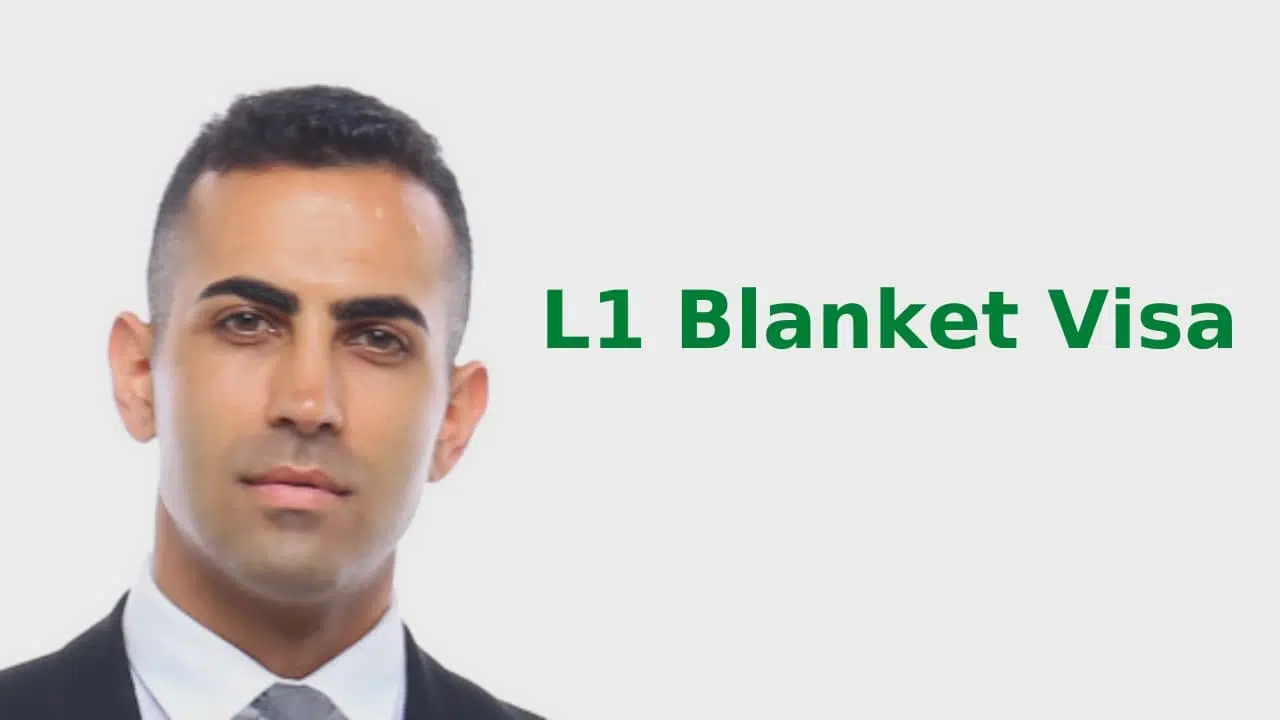7 Easy Facts About L1 Visa Described
Table of Contents10 Easy Facts About L1 Visa ExplainedThe Buzz on L1 VisaThe Best Strategy To Use For L1 VisaThe smart Trick of L1 Visa That Nobody is DiscussingSome Known Factual Statements About L1 Visa L1 Visa - The Facts
Readily Available from ProQuest Dissertations & Theses Global; Social Science Costs Collection. DHS Workplace of the Examiner General. Recovered 2023-03-26.
U.S. Department of State. Gotten 2023-02-08. Tamen, Joan Fleischer (August 10, 2013).
About L1 Visa
In order to be eligible for the L-1 visa, the foreign company abroad where the Recipient was used and the U.S. firm have to have a certifying connection at the time of the transfer. The various types of qualifying connections are: 1.
Instance 1: Company A is integrated in France and uses the Recipient. Firm B is integrated in the U.S. and intends to seek the Beneficiary. Business A has 100% of the shares of Firm B.Company A is the Parent and Business B is a subsidiary. There is a qualifying relationship between the two business and Company B ought to be able to fund the Beneficiary.
Example 2: Company A is incorporated in the U - L1 Visa.S. and wants to petition the Recipient. Business B is included in Indonesia and utilizes the Beneficiary. Business A possesses 40% of Firm B. The remaining 60% is possessed and controlled by Firm C, which has no relation to Firm A.Since Business A and B do not have a parent-subsidiary connection, Company A can not fund the Recipient for L-1.
Firm An owns 40% of Company B. The remaining 60% is owned by Firm C, which has no relation to Company A. Nonetheless, Firm A, by formal arrangement, controls and complete manages Company B.Since Company A has less than 50% of Business B yet manages and regulates the business, there is a qualifying parent-subsidiary relationship and Firm A can sponsor the Recipient for L-1.
4 Simple Techniques For L1 Visa
Firm B is integrated in the U.S.
The Ultimate Guide To L1 Visa

The L-1 visa is an employment-based visa classification developed by Congress in 1970, enabling international business to transfer their managers, execs, or vital employees to their united state procedures. L1 Visa law firm It is generally described as the intracompany transferee visa. There are 2 major kinds of L-1 visas: L-1A and L-1B. These kinds appropriate for workers hired in different settings within a company.

In addition, the recipient should have operated in a supervisory, executive, or specialized staff member placement for one year within the three years coming before the L-1A application in the foreign company. For brand-new office applications, international work should have remained in a managerial or executive capability if the beneficiary is coming to the United States to function as a supervisor or executive.
Getting My L1 copyright Work

If granted for a united state business operational for greater than one year, the first L-1B visa is for up to three years and can be extended for an additional two years (L1 Visa). On the other hand, if the united state company is newly established or has actually been operational for much less than one year, the initial L-1B visa is provided for one year, with extensions readily available in two-year increments
The L-1 visa is an employment-based visa group developed by Congress in 1970, permitting multinational firms to transfer their managers, executives, or vital personnel to their U.S. procedures. It is typically referred to as the intracompany transferee visa.
More About L1 Visa
Furthermore, the beneficiary needs to have functioned in a supervisory, executive, L1 Visa guide or specialized employee placement for one year within the 3 years preceding the L-1A application in the foreign business. For brand-new workplace applications, foreign work must have remained in a managerial or executive capability if the recipient is involving the United States to function as a supervisor or exec.
for approximately seven years to look after the operations of the united state associate as an executive or manager. If released for a united state business that has actually been functional for more than one year, the L-1A visa is at first given for as much as 3 years and can be expanded in two-year increments.
If given for a united state business operational for even more than one year, the first L-1B visa is for up to three years and can be extended for an extra two years. Alternatively, if the united state company is newly established or has been read more operational for less than one year, the initial L-1B visa is issued for one year, with extensions readily available in two-year increments.